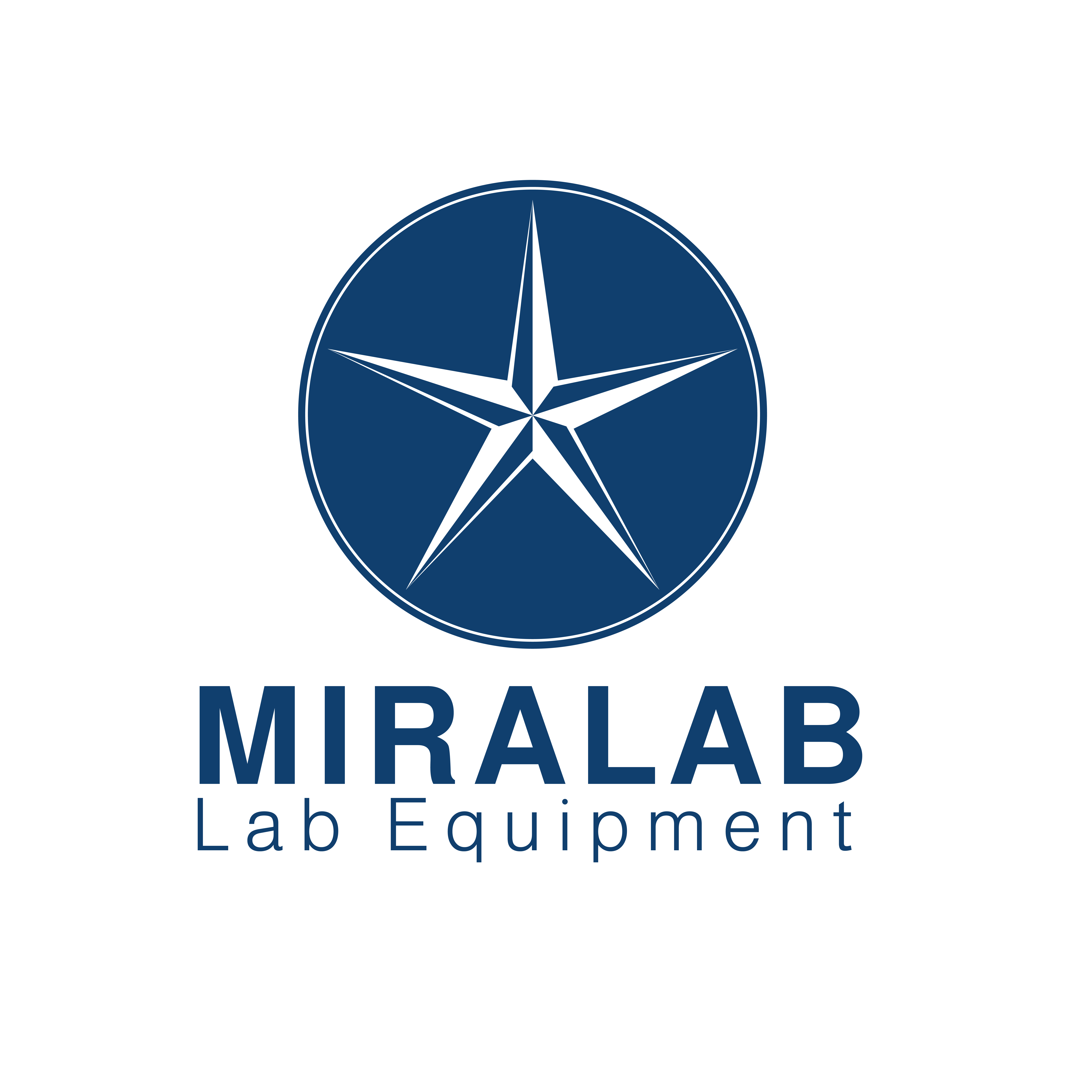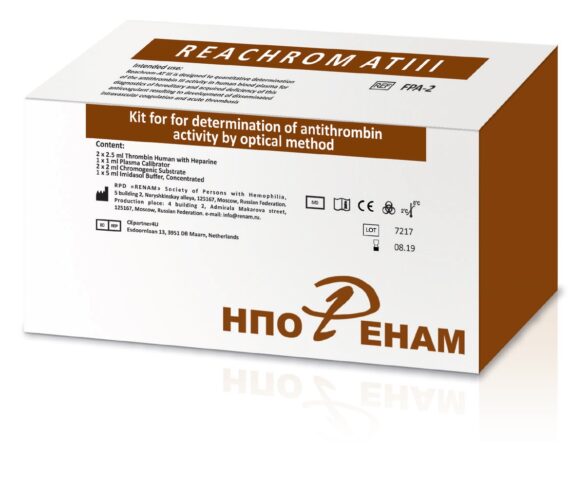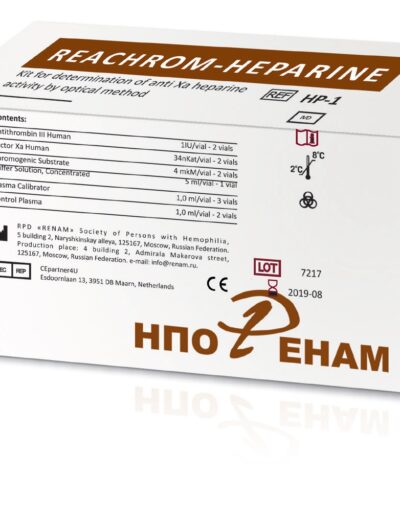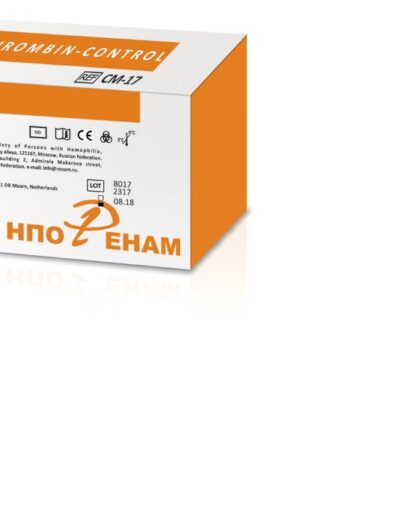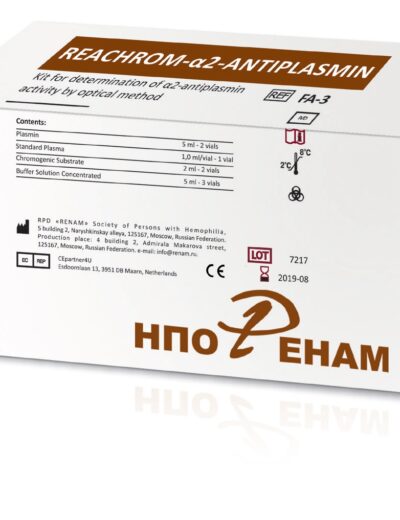ANTITHROMBIN III

ANTITHROMBIN III (ATIII) is the main antagonist of thrombin at forming of this enzyme in blood. At absence of heparin ATIII slowly and
irreversibly inhibit thrombin and other coagulation and fibrinolysis factors. At presence of heparin ATIII becomes rapid inhibitor of these enzymes.
Hereditary and innate deficit of ATIII in blood leads to development of disseminated intravascular clotting (DIC) and development of acute thrombosis.
Reduced concentration of ATIII is observed among patients with liver disease (cirrhosis), with nephrotic syndrome in the result of excretion of inhibitor with
urea. Concentration of ATIII is reduced by oral contraceptives and heparin injection. Principle. Method of the detection of AT III activity
is based on possibility of AT III to neutralize thrombin in heparin presence. Activity of AT III is detected in plasma by adding thrombin surplus to
it. At this time inhibition of thrombin is occurred by complex AT III-heparin proportionally to quantity of AT III in plasma. Residuary quantity of thrombin
catalyses detachment of dye para-nitroaniline (pNA) from synthetic chromogen substrate. Absorption of free pNA, which is detected at wave-length 405
nm, is inversely proportional to AT III activity. Process has following scheme:
AT III + heparin (surplus) ==> AT III – heparin
AT III – heparin + thrombin (surplus) ==>
AT III – heparin – thrombin + thrombin (residue).
Substrate – pNA + thrombin (residue) ==> peptide
+ pNA
REACHROM – AT III
The kit of reagents for the determination antithrombin III activity by
photometric method
Cat. # PFA-2 for 40 assays.
Reagents:
– buffer with heparin, concentrated (5 mL) – 2 vials
– human thrombin (2.5 mL), lyophilized (10 IU/mL) – 2 vials
– standard plasma (1 mL), lyophilized – 1 vial
– chromogen substrate (2 mL), lyophilized – 2 vials
